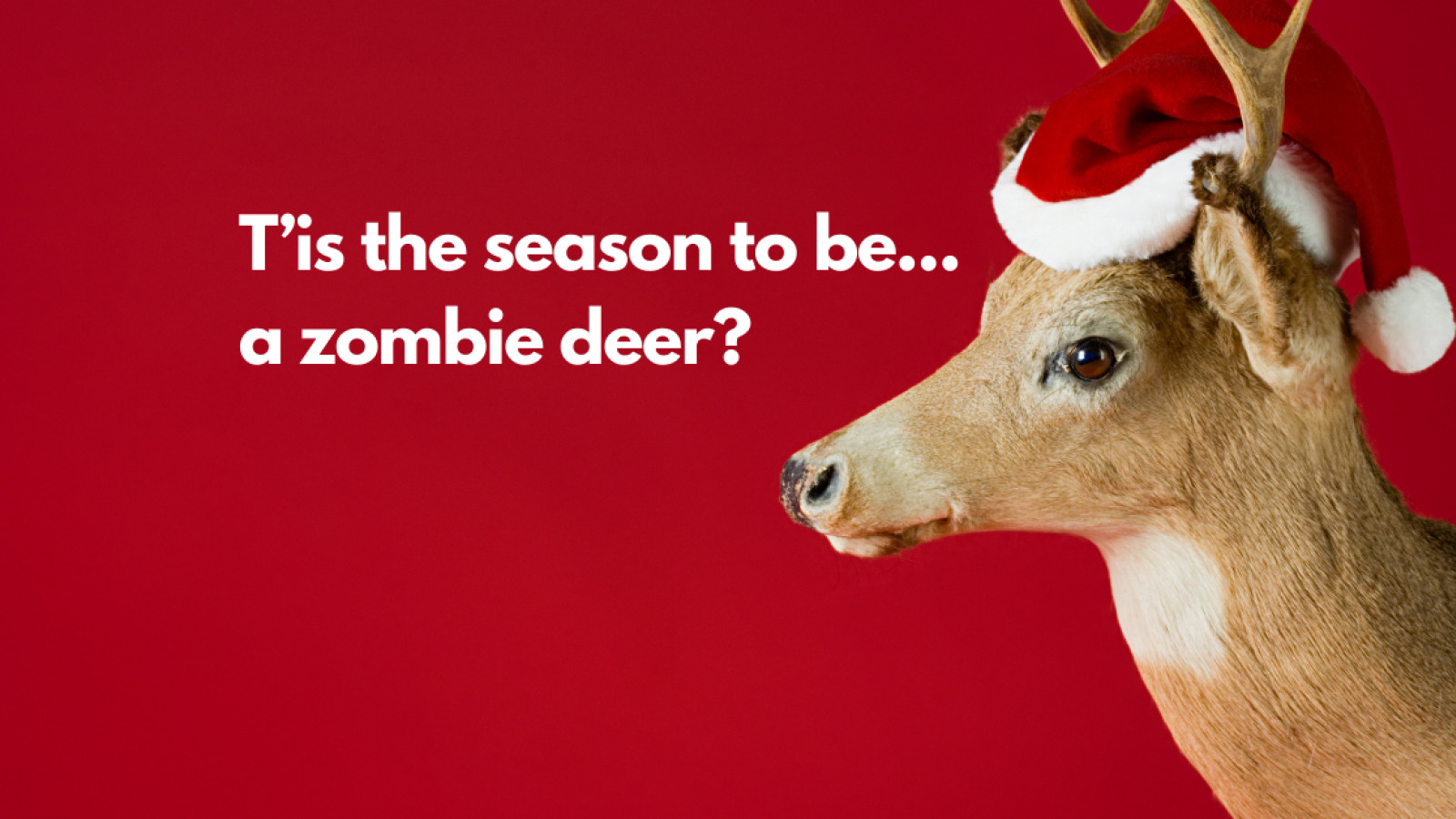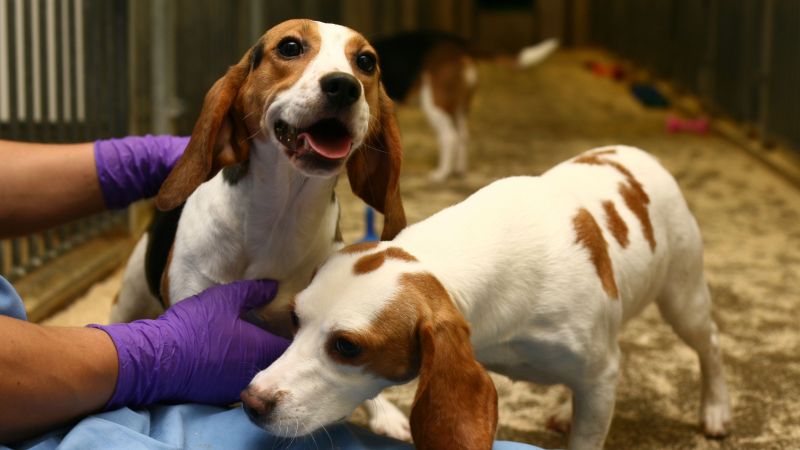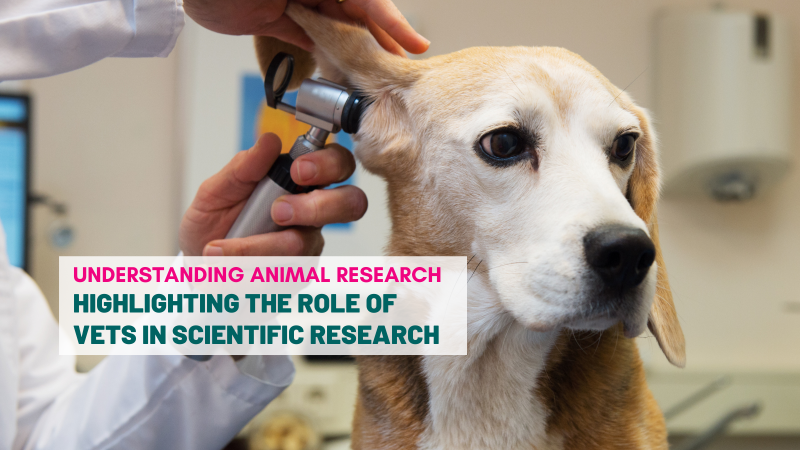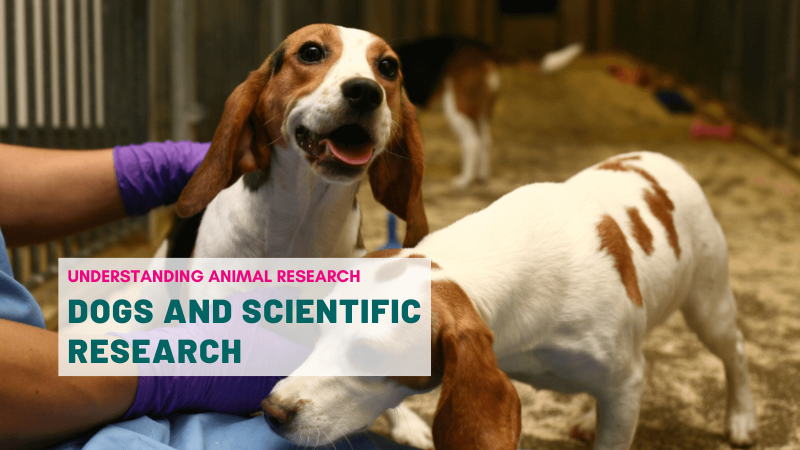
Christmas can be a stressful time to be a reindeer at the best of times but Rudolph and the gang may have something a little more sinister to worry about this time around.
A new neurodegenerative disease nicknamed the zombie deer disease has been spreading through the deer, elk, moose and reindeer populations worldwide. Caused by a prion protein similar to the one that causes mad cow disease, the condition causes dementia-like symptoms and, to make the situation even more worrying, there is concern that it could jump into humans.
Zombie deer disease or, to give it its more sedate and scientific name, chronic wasting disease, first appeared in farmed deer in Colorado in the 1960s, and was first detected in wild animals in 1981. It has been intriguing scientists ever since – and not only because of its name.
The prions that cause this fatal progressive neurodegenerative illness are near-indestructible pathogenic proteins that trigger healthy prion proteins, particularly in the brain and spinal cord, to fold abnormally, start clumping and eventually to cause deterioration in the brain. The disease can stay dormant for years, but infected animals generally begin to show an array of symptoms difficulty walking and eating from difficulties in walking and eating to signs of hallucination and memory loss.
Like most pathogens, prions can pass from one animal to another through direct or indirect contact with bodily fluids such as faeces, saliva, blood, or urine. Nothing too unusual there. However, prions are extremely robust. They can survive in environments for years and even decades. So if a deer dies from chronic wasting disease on the forest floor, the prions can survive and bind to soil, where plants soak them up. Those plants can then spread prions through their leaves to animals, years later.
Even more alarmingly, prions, unlike viruses and bacteria, can’t be killed. These pathogenic proteins aren’t alive in the first place, so when a new outbreak occurs, it can be virtually impossible to contain.
While the disease is still rare, over the years it has been slowly spreading in the wild. Researchers believe it’s more widespread than ever due, in part, to how humans trade deer and other hoofed mammals. As of August 2020, chronic wasting disease has been reported in at least 24 states in the United States, as well as two provinces in Canada, and in Norway, Finland and Sweden, and South Korea.
Because of our devastating experience with another prion disease, mad-cow disease that could cross from cows to humans to cause variant Creutzfeldt-Jakob Disease (vCJD), researchers have long worried about the pathogenic impact of chronic wasting disease and its potential to leap into humans.
Whilst there have been no reported cases of chronic wasting disease in humans, studies have shown that the disease can be passed to animals other than deer, including primates. A 2009 study showed evidence of macaques contracting chronic wasting disease after being fed infected deer and elk meat. Moreover, in 2018 a worrying paper came out that showed in vitro that prions from sick animals can indeed fold and affect healthy human prion proteins.
It is believed that the most likely route of transmission is through consuming infected meat. However, no human cases have been recorded after consumption of meat that later tested positive for the pathogenic prion, despite the approximately 7,000 to 15,000 animals infected with chronic wasting disease that are consumed every year. But, according to the Alliance for Public Wildlife, the amount of infected meat consumed is likely to increase by as much as 20 percent annually and so the threat to humans is likely to increase too.
With no rapid tests available to detect prion infected meat, Michael Osterholm, the director of the Center for Infectious Disease Research and Policy at the University of Minnesota stated that
“it is probable that human cases of chronic wasting disease associated with consumption of contaminated meat will be documented in the years ahead … It’s possible the number of human cases will be substantial and will not be isolated events.”
Scientists expect that assessing the risk of chronic wasting disease in humans will take years, as symptoms take a long time to appear. In the meantime, the World Health Organisation has emphasised the importance of keeping the agents of all prion diseases away from the human food chain.
Last edited: 3 March 2022 11:22



